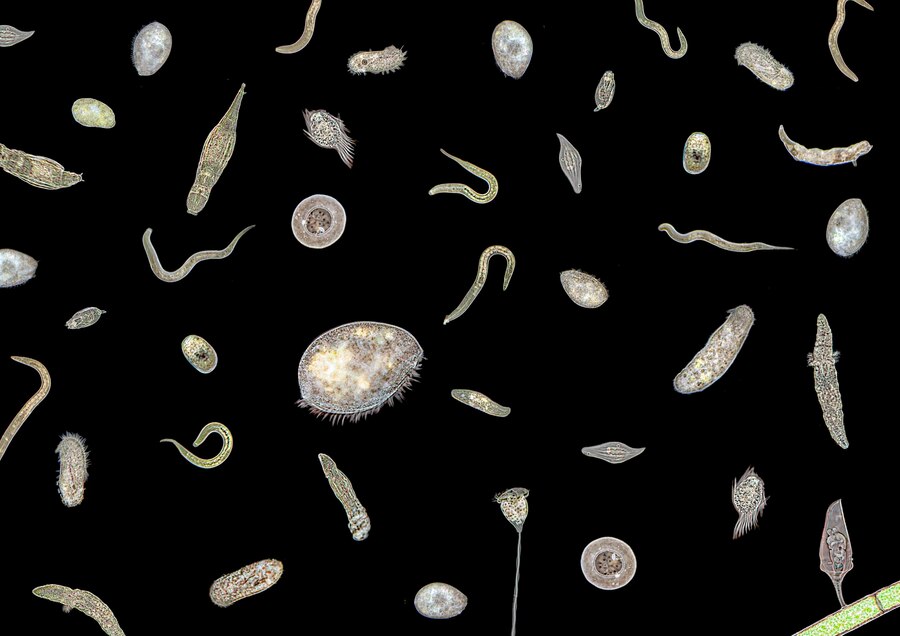Pinworms, also known as Enterobius vermicularis, are small, thin, white worms that commonly infect the intestines of humans, especially children. This parasitic infection, also known as enterobiasis or oxyuriasis, is one of the most prevalent worm infections in the world. It is particularly common in school-aged children, but it can affect individuals of all ages. Fenbendazole 444 Mg is best option for Pinworms. Buy Fenbendazole 444 Mg Online at Medzsupplier.
Life Cycle and Transmission
The life cycle of pinworms begins when eggs are ingested, usually through contaminated hands, food, or surfaces. The eggs hatch in the small intestine, where the larvae mature into adult worms. Adult female pinworms migrate to the colon and then to the perianal region, usually at night, to lay their eggs. This nocturnal migration often causes intense itching around the anus, a hallmark symptom of pinworm infection.
The itching can lead to scratching, which allows the eggs to stick under the fingernails and spread to other surfaces, facilitating transmission. Eggs can survive on surfaces such as bedding, clothing, and toys for up to two weeks. When another person comes into contact with these contaminated items and then touches their mouth, the cycle begins anew.
Symptoms and Diagnosis
The most common symptom of a pinworm infection is intense itching around the anus, especially at night. This itching can disrupt sleep and lead to irritability and fatigue. In some cases, the infection may cause mild abdominal pain, nausea, or weight loss, though these symptoms are less common.
In severe cases, especially in young girls, the worms can migrate to the vaginal area, causing vaginal itching and discharge. Rarely, pinworms can cause more serious complications, such as urinary tract infections or appendicitis, although these are uncommon.
Diagnosis of pinworm infection is typically made through a “tape test.” This involves pressing a piece of clear adhesive tape to the skin around the anus in the morning before bathing or using the toilet. The tape is then examined under a microscope to detect the presence of pinworm eggs. Multiple tape tests may be needed to confirm the diagnosis, as the eggs are not always present every day.
Treatment and Prevention
Pinworm infections are generally easy to treat with over-the-counter or prescription medications. The most commonly used medications include mebendazole, albendazole, and pyrantel pamoate. These medications work by killing the adult worms, though they do not kill the eggs. Therefore, it is usually recommended to administer a second dose two weeks after the first to ensure that any newly hatched worms are also eradicated.
In addition to medication, strict hygiene practices are essential to prevent reinfection and the spread of the infection to others. This includes washing hands thoroughly with soap and water, especially after using the toilet and before eating. Fingernails should be kept short and clean to minimize the risk of transferring eggs. Bed linens, underwear, and pajamas should be washed in hot water, and the entire household should be treated simultaneously to prevent the infection from spreading.
Epidemiology and Public Health Impact
Pinworm infections are highly contagious and can spread rapidly in close quarters, such as in schools, daycares, and households. While the infection is not usually serious, it can cause significant discomfort and distress, particularly in young children.
Globally, pinworm infections are more common in temperate regions than in tropical areas. The prevalence of pinworm infections is difficult to determine precisely, as many cases go unreported. However, it is estimated that millions of people worldwide are affected by pinworms at any given time.
Public health strategies to control pinworm infections focus on education and hygiene promotion. Teaching children about the importance of handwashing, maintaining clean living environments, and understanding the basics of parasite transmission can help reduce the spread of pinworms.



